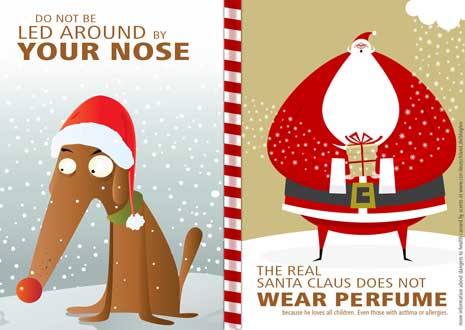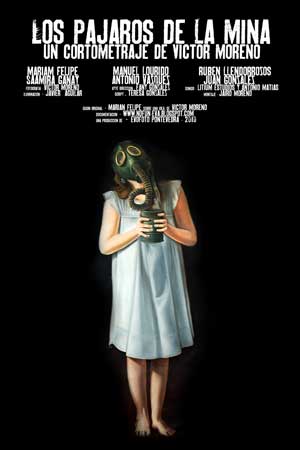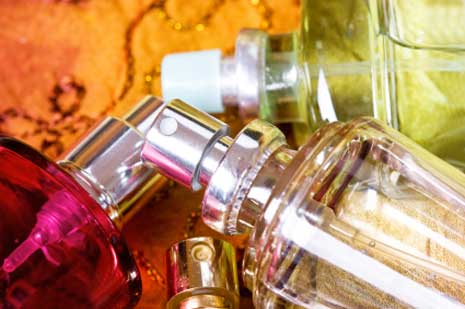The Spanish Professional Association of Naturopathy has given an honorary title to Eva Caballé for her work, courage, and dedication to face Multiple Chemical Sensitivity
Because of my Multiple Chemical Sensitivity, I’ve been forced to live in isolation. My contact with the outside world has become exclusively virtual and time goes by in a different way.
Five years sick, three years since I was diagnosed with Multiple Chemical Sensitivity, two years and a half since No Fun was born, one year and a half as a contributor at the art magazine Delirio, slightly over one year since my book Desaparecida (Missing) was released and almost one year as a regular contributor at The Canary Report and as an sporadic contributor at the blog of the German MCS Association CSN – Chemical Sensitivity Network. At present, No Fun has more than 400 subscribers, it has at least 600 visits a day (these days thanks to the MCS Report on TV the visits have been triplicate), it has more than 280 posts and it has almost 2.500 comments that give an inestimable value to the blog. Desaparecida (Missing) is sold in six Spanish-speaking countries and you can find it in 17 Spanish Public and University libraries.
But paradoxically, all this seems unreal to me; a little more than numbers or statistics. Only once in a while something happens that makes me realize that what I do has a real impact on the outside world and also reaches people beyond the circle of MCS.
A few months ago Marcos Ve’lez, the president of A.P.E.N.B. (the Spanish Professional Association of Naturopathy) contacted me, and his words surprised and touched me deeply. They had been following my work for a long time, had also read my book, and wanted to give me their support because as Natural Health professionals they also defend justice in health care with less pharmaceuticals interests and a higher value for people who have lost their health.
He informed me that the Board of A.P.E.N.B. had unanimously agreed on several points, including the following:
- They give me an Honorary Title for “my work, courage, and dedication to face Multiple Chemical Sensitivity”. The award of the diploma (in the picture) was a public event last December, but as you can imagine I wasn’t able to go to the presentation.
- They open a section entitled Desaparecida at the Association’s website section “CAUSES”.
- The Association promotes all my work and initiatives and they have a section for my MCS articles.
- This is the first one: La condena de la Sensibilidad Química Múltiple
- They link the blog No Fun in the section called “FRIENDS” on their website.
- They include Desaparecida in the section of “RECOMMENDED BOOKS” on their website.
Obviously all this recognition is an honor to me and I appreciate very much the support of the Natural Health professionals, especially because we all are in the same struggle. To make MCS visible is very positive for two reasons: to win MCS awareness and to spread the message that is implicit in MCS: We must change the direction of our world because it’s already too late, so it is necessary to say clearly and as loud as we can that our modern lifestyle is an act of suicide that we are already paying and that we will pay for generations to come.
Thanks A.P.E.N.B., and thanks to Marcos for helping us spread this message.
Original post at No Fun:
More about the work of Eva Caballé:
- How to become a MCS Activist in less than 365 day? Have a look to Spain
- Film about Chemical Sensitivity: Bird of the Mine
- New trailer for upcomming film about Multiple Chemical Sensitivityis shown at MCS Conference in Spain
- A book about Chemical Sensitivity will become a radio series in the near future
- Spanish Workgroup met with Ministry of Health to create a MCS Consensus Document






